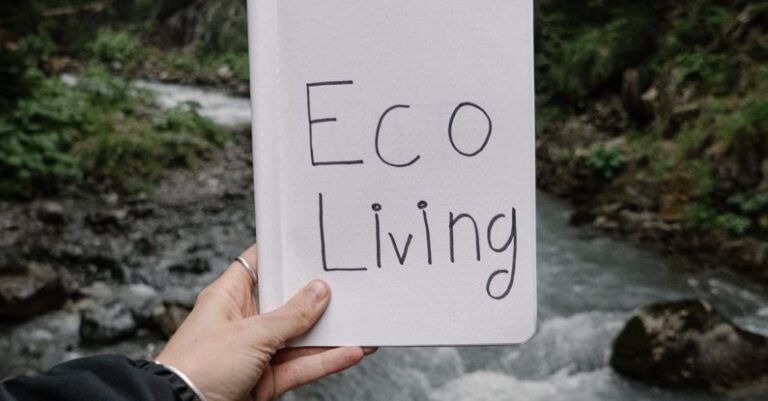
Living in a clutter-free space can bring a sense of calm and order to our lives. However, decluttering can often feel like an overwhelming task, especially when faced with years of accumulated possessions. Fortunately, there are several effective techniques that can help simplify the decluttering process and make it more manageable.
Getting Started
Before diving into the decluttering process, it is essential to have a clear plan in place. Start by setting specific goals for decluttering each area of your space. Whether it’s a room, closet, or drawer, identify what you want to achieve in that particular area. Having a clear vision of your desired outcome can help keep you motivated and focused throughout the decluttering process.
Sort and Categorize
One of the most effective techniques for decluttering is to sort and categorize your belongings. Begin by gathering all items in a particular area and sorting them into categories such as keep, donate, sell, or discard. This method allows you to see all your possessions at once and make informed decisions about what to keep and what to let go of. Remember to be ruthless in your decision-making process and only keep items that you truly need or love.
The 80/20 Rule
The 80/20 rule, also known as the Pareto Principle, suggests that we typically use 20% of our possessions 80% of the time. Applying this principle to decluttering can help you identify the items that are most valuable or essential to you. Focus on keeping the 20% of items that bring you the most joy or serve a practical purpose, while letting go of the remaining 80% that only contribute to clutter.
One In, One Out
To prevent clutter from building up again in the future, consider implementing the “one in, one out” rule. For every new item you bring into your space, commit to letting go of one existing item. This practice can help you maintain a clutter-free environment by ensuring that your possessions remain balanced and under control.
Designate Storage Spaces
Creating designated storage spaces for specific categories of items can help streamline the decluttering process and make it easier to maintain an organized space. Invest in storage solutions such as bins, baskets, and shelves to keep similar items together and easily accessible. Labeling storage containers can also help you quickly identify where items belong and prevent clutter from accumulating in the future.
Digital Decluttering
In today’s digital age, decluttering goes beyond physical possessions to include digital clutter as well. Take the time to declutter your digital devices by organizing files, deleting old emails, and unsubscribing from unnecessary subscriptions. Clearing digital clutter can help improve productivity, reduce stress, and create a more streamlined digital environment.
Revisit and Refresh
Decluttering is an ongoing process that requires regular maintenance to ensure that clutter does not creep back into your space. Schedule regular decluttering sessions to revisit areas that may have become cluttered again and refresh your space. By staying proactive and consistent with your decluttering efforts, you can create a harmonious and clutter-free environment that supports your well-being.
Incorporating these techniques into your decluttering routine can help you simplify the process, make informed decisions about your possessions, and create a more organized and peaceful living space. Embrace the opportunity to declutter as a chance to let go of what no longer serves you and make room for the things that truly bring value and joy to your life. With dedication and commitment, you can transform your space into a clutter-free oasis that promotes a sense of calm and balance.





